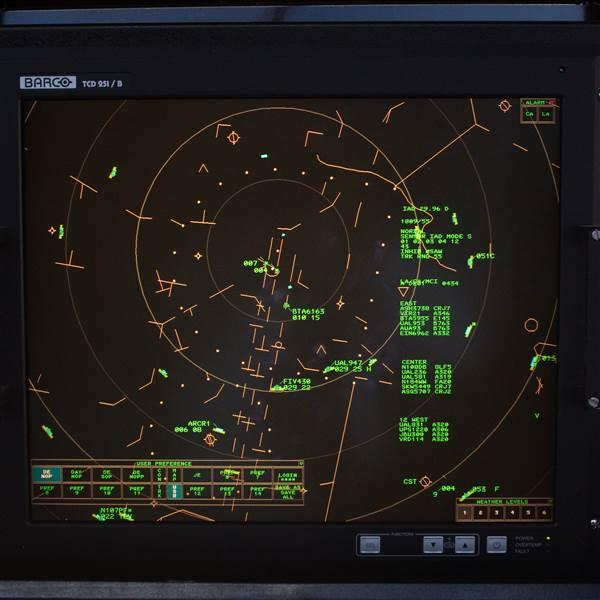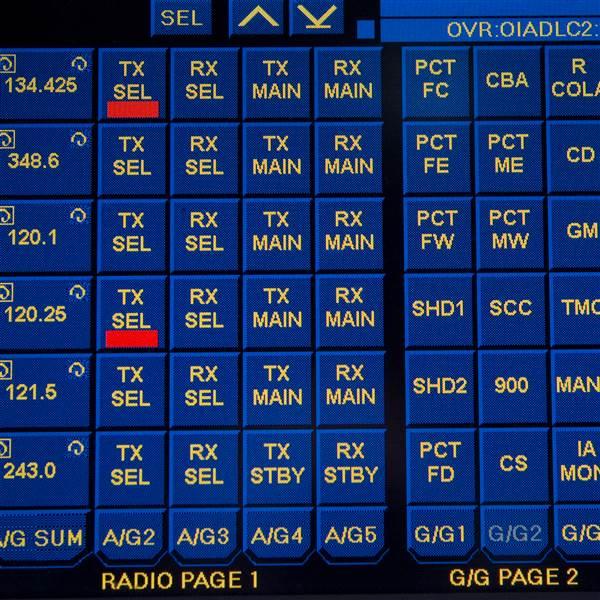
“Mic fright”—the cold sweats, jittery tongue, and rising pulse that comes to some just before hitting the transmit button—is a condition most often caused by inexperience and a lack of understanding of the other side of the microphone. Interaction with air traffic control is more or less mandatory to become a pilot, and to function within the National Airspace System, so it behooves us all to learn the ins and outs of talking on the radio.
It may seem obvious, but it’s worth noting that air traffic control (ATC) is a system, one that is made up of people. That means working within it can be done easily once the system is understood, and you realize that it’s a conversation just like any other.
Controllers work using a system of divided duties and a flow pattern. When clearance delivery is operating, pilots call here for a clearance. The controller writes information on a flight progress strip that he then hands to the ground controller. This way the controller knows who should be coming next. For inbound traffic, the FAA computer system automatically sends the strip to the printer, and the clearance desk hands it to the tower controller.

Radar
Most towers have a radar display. It often is just a simple feed from the nearby approach control facility, and gives controllers a good reference point for aircraft they aren’t able to visually spot. Controllers can use it to help in sequencing aircraft for arrival, and other tasks.
ETVS: Enhanced Terminal Voice Switch
Although not every tower has ETVS, the concept is the same. This is the control panel where controllers can dial up any frequency for the airport, as well as direct communication lines to other ATC facilities. Controllers can transmit and listen to multiple frequencies at one time. If no one answers your radio call, the controller may be talking on another line.
ASDE-X: Airport Surface Detection Equipment, Model X
Only the largest airports have ASDE-X. You’ll know because the ATIS or other information source will have a note about requiring transponder use on the surface. ASDE-X is a huge source of situational awareness for controllers. It shows each airplane on a surface map in real time, which is critical in low- or reduced-visibility conditions.Small, Medium and Large Airports
Each position can be opened and closed as traffic increases or decreases. For very busy airports, the tower can have as many as 12 controllers on duty at one time, not including a separate ramp control facility. Small Class D airports, and even airline airports with little traffic, may have only one controller on duty to simultaneously handle clearance, ground, and tower control responsibilities.
| Features | Small (Class D) | Medium (Class C) | Large (Class B) |
| Ground | X | X | X |
| Tower | X | X | X |
| Clearance | X | X | |
| Ramp | X |
Flight Progress Strip
Every aircraft the tower handles gets one of these paper strips. Instrument flights are printed out ahead of time from the computer system, while information on VFR flights is taken over the frequency. A large V on the strip indicates a VFR arrival or departure.





